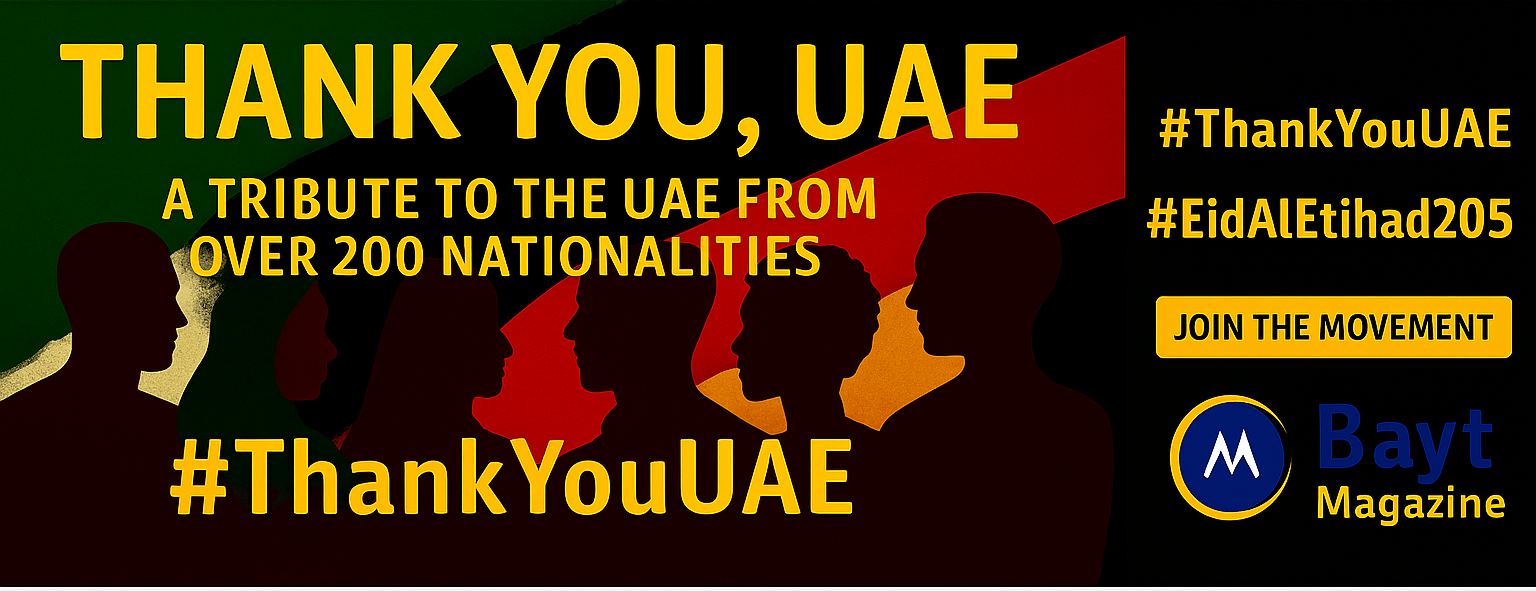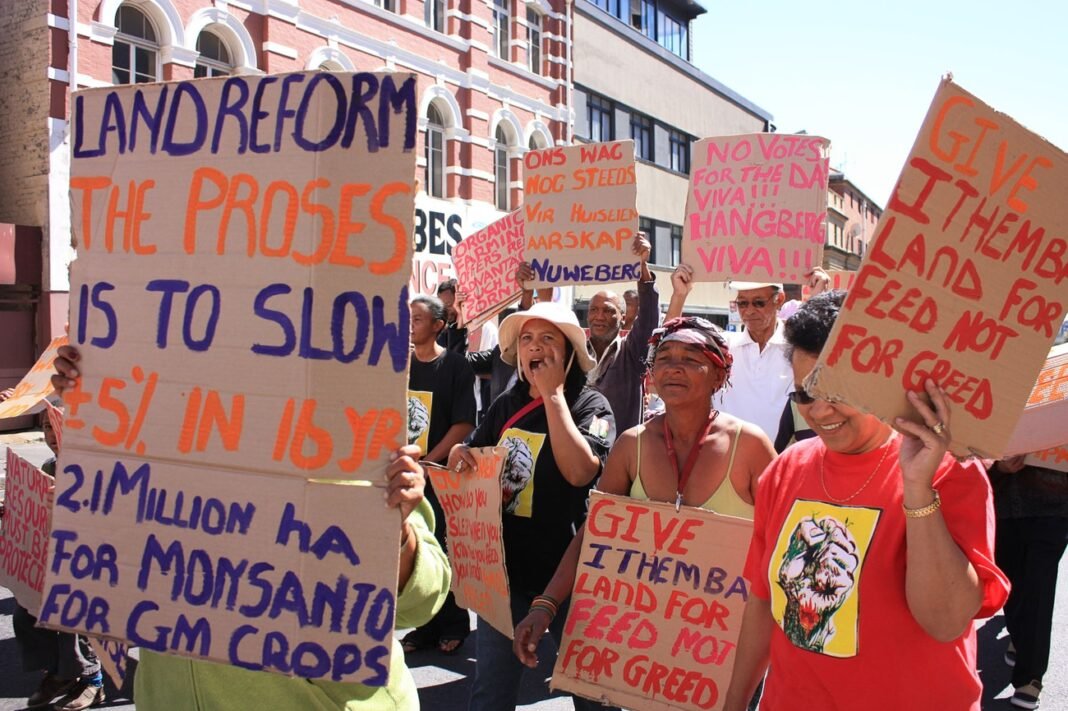Zimbabwe’s economy crashed after its land reform program. The nation saw inflation skyrocket to 500 billion percent in 2007. Their plan to fix historical land ownership problems backfired badly. A once-prosperous country now relies on food imports, with most of its people living in poverty.
Zimbabwe currently owes $3.5 billion to former white farmers. South Africa faces similar land reform issues. The country has moved only 4% of agricultural land to black South Africans since 1994. This falls nowhere near their original goal of 30% farmland redistribution. South Africa’s slow progress raises red flags about what it all means for their economy.
Both countries show how land reform connects deeply with economic stability and international money pressures. Their efforts to fix past injustices have created new economic problems that need solutions.
The Colonial Debt: Understanding Land Dispossession
Colonial occupation permanently changed Southern Africa’s socioeconomic map. The “Scramble for Africa” happened in the late 19th century when European powers divided up the continent. By 1890, Europeans had colonized about 90% of African territory. This quick takeover wasn’t just about political control – Europeans wanted the land and its resources.
How European settlers claimed African lands
European settlers used several ways to claim African lands. The British South Africa Company, under Cecil Rhodes’s leadership, got a royal charter in 1890. This gave them rights to huge territories for settlement and exploitation. They took land through conquest and made questionable “treaties” with local chiefs that weren’t legal or ethical. The British Crown claimed ownership of all land after a 1918 British Privy Council ruling stated Africans had no land rights.
The creation of native reserves in Zimbabwe and South Africa
White settlement grew rapidly and colonial authorities created “native reserves” to restrict indigenous populations. Zimbabwe’s 1930 Land Apportionment Act made racial land division official. Europeans, though a tiny minority, got 51% of the land while most Africans had to live on just 22% of the territory. South Africa’s situation was worse. The 1913 Natives Land Act limited Black ownership to only 7.3% of the country’s land. The Rhodesian government forced Africans off Crown Land. This happened in 1950 when they moved Rhodesdale Estate’s residents to Sanyati communal lands.
Economic impact of land alienation on indigenous populations
Land theft devastated the indigenous economy. Black South Africans were self-sufficient before colonization. They could feed themselves and sell extra produce locally and internationally. Taking their land destroyed this independence. Laws against share-cropping and land rental made people even poorer. Displaced Africans became cheap workers for white farms and mines.
By 1950, the situation was stark. About 48,000 white settlers controlled 50 million acres of good farmland in Zimbabwe. Nearly a million Africans lived on 20 million acres of poor quality land. This created long-lasting economic dependence that still exists today. These economic gaps led to ongoing poverty cycles throughout the region. They sparked liberation movements and created the complex land reform problems both countries face now.
Zimbabwe’s Perfect Trap: From Land Reform to Economic Collapse

Image Source: Radar Africa
Zimbabwe’s economic downfall started when leaders signed the Lancaster House Agreement on December 21, 1979.
The Lancaster House Agreement’s constraints
This historic document ended the Rhodesian Bush War but came with a major restriction. Zimbabwe could only buy land from white settlers who were “willing sellers” and had to pay compensation. The agreement did not require Britain to fund any land reform programs. White farming interests received protection through laws that prevented taking their property without cause. This created a decade of barriers to fair land distribution despite huge inequalities.
Fast-track land reform and its immediate consequences
Robert Mugabe announced plans to take land by force in 1998. The Zimbabwean dollar lost half its value within 24 hours. The government launched its “fast-track” land reform program in 2000. The program quickly turned violent even though it was meant to help poor Zimbabweans. Groups loyal to the ruling party attacked farm owners and workers. Police either joined in the abuse or stood by watching. The country’s farms stopped producing food, and Zimbabwe went from exporting maize to facing widespread hunger.
International sanctions as punishment for redistribution
The world responded harshly. The United States passed the Zimbabwe Democracy and Economic Recovery Bill in 2001 to target the land reform program. These sanctions cut Zimbabwe off from getting money from international banks. The country could not build reliable infrastructure or get affordable loans. SADC calculations show Zimbabwe has missed out on AED 367.19 billion in international support since 2001.
The $3.5 billion compensation deal
Zimbabwe’s government tried to end its isolation in 2020. They agreed to pay AED 12.85 billion to white farmers who lost their land. The deal only covers improvements made to the land, not the land itself. The agreement requires 50% payment within a year and the rest within five years. Zimbabwe doesn’t have this money and needs to sell bonds to raise it. The country faces an impossible situation – it must borrow billions to pay colonial landowners while its people remain poor.
The Global Financial System’s Role in Reverse Reparations

Image Source: Medium
International financial institutions have extraordinary control over how developing nations make policy choices. Many analysts see this as a modern type of economic control. Zimbabwe’s story with these institutions shows how global finance can turn attempts at historical justice into economic burdens.
How IMF and World Bank policies shaped land reform options
The IMF and World Bank consistently push for market-led land reforms that match their broader neoliberal agenda. These institutions have made aid-recipient countries implement specific economic policies since the 1980s. Their requirements include fiscal austerity, trade liberalization, and removal of agricultural subsidies. This left Zimbabwe with very few options to deal with colonial land dispossession.
The U.S. Congress passed the Zimbabwe Democracy and Economic Recovery Act (ZDERA) in 2001. This law required U.S. authorities to block Zimbabwe’s access to new credit from international financial institutions until it made specific governance reforms. Zimbabwe couldn’t get affordable financing right at the time it needed resources to manage its land reform program.
Zimbabwe’s external debt now stands at over AED 36.72 billion, mostly in arrears. The country has started issuing bonds that mature between two and 20 years to pay its creditors, including white former farmers. The government makes “token payments” to the World Bank, African Development Bank, and European Investment Bank to show its goodwill.
The debt burden as a control mechanism
Debt serves as a powerful control tool in the developing world. Developing countries’ total debt reached an estimated AED 9,341.42 billion by 1999. This massive burden forces governments to put debt payments ahead of their people’s needs. By late 2020, 3.3 billion people lived in countries that spent more money on interest payments than on education or health.
Zimbabwe faces a clear financial trap. International institutions just need compensation for white farmers before allowing economic reintegration, but the country doesn’t have the money. Zimbabwe must borrow to compensate colonial beneficiaries, which adds to its existing debts. This pattern of “reverse reparations” creates an ironic situation. The victims of historical dispossession pay twice – first through the original land theft, then by financing compensation to those who benefited from that theft.
South Africa’s Looming Danger: Economic Pressures and Land Reform

Image Source: farmlandgrab.org
South Africa faces a critical turning point in its land reform program. The country grapples with pressures that remind us of Zimbabwe’s past challenges. The country chose a market-based approach to fix historical wrongs but now faces economic constraints.
The willing seller-willing buyer approach and its limitations
The end of apartheid led South Africa to adopt the willing seller-willing buyer principle for land redistribution. Many believe the World Bank influenced this concept, but that’s not accurate. The South African model works differently from World Bank guidelines, especially in how it uses market mechanisms. This approach has become a battleground of ideas. Landowners see it as “non-negotiable” while landless people view it with disdain.
Rising costs of delayed land reform
The cost of putting off reform has grown beyond expectations. The government’s original target was 30% redistribution within fifteen years, but deadlines kept moving. By 2013, only 3.6% of agricultural land changed hands. This number rose to just 9.7% by 2018. The government spends a mere 0.3% of the national budget on land reform. The cost of buying enough land could reach tens of billions of rands.
International investor concerns and market pressures
The financial markets reacted badly to possible policy changes. Investment hit its lowest point since 2010 after the ANC backed expropriation without compensation. Global investors worry about their property rights. This happens despite South Africa’s international treaty obligations that demand “prompt, adequate, and effective compensation” for taken assets. Foreign direct investment has turned negative as a result.
The economic risks of different reform paths
Each reform option brings serious economic dangers. A quick takeover could lead to a crisis like Zimbabwe’s downfall. Even ongoing uncertainty stops investment in key areas like agriculture and mining. Agricultural output could drop and reduce export income. This might trigger an economic downturn and more job losses in a country where unemployment already ranges from 25-40%.
White people make up just 9% of the population yet own 72% of individually-owned farmland. This creates growing pressure for real change. South Africa must now find balance between fixing past wrongs and keeping the economy stable.
Zimbabwe’s land reform story serves as a warning that shows how fixing historical wrongs can wreck an economy. South Africa faces these challenges too, but its careful approach has led to different outcomes so far.
Money pressures from global financial institutions shape how both countries handle their land reforms. Zimbabwe must pay AED 12.85 billion while its people live in poverty. This pattern of reverse payments affects many countries that were once colonies. South Africa’s slow reforms might cause social unrest because land ownership remains unequal.
Markets react strongly when policies might change. The challenge lies in fixing unfair land ownership without crushing the economy. South Africa’s market-friendly approach avoids Zimbabwe’s disaster but moves too slowly to make real changes.
These examples bring up big questions about fairness and economic freedom in former colonies. Simple answers don’t exist – instead, we see how fixing past wrongs clashes with today’s economic needs. Countries planning land reforms must learn from these cases to create strategies that balance justice with stability.






